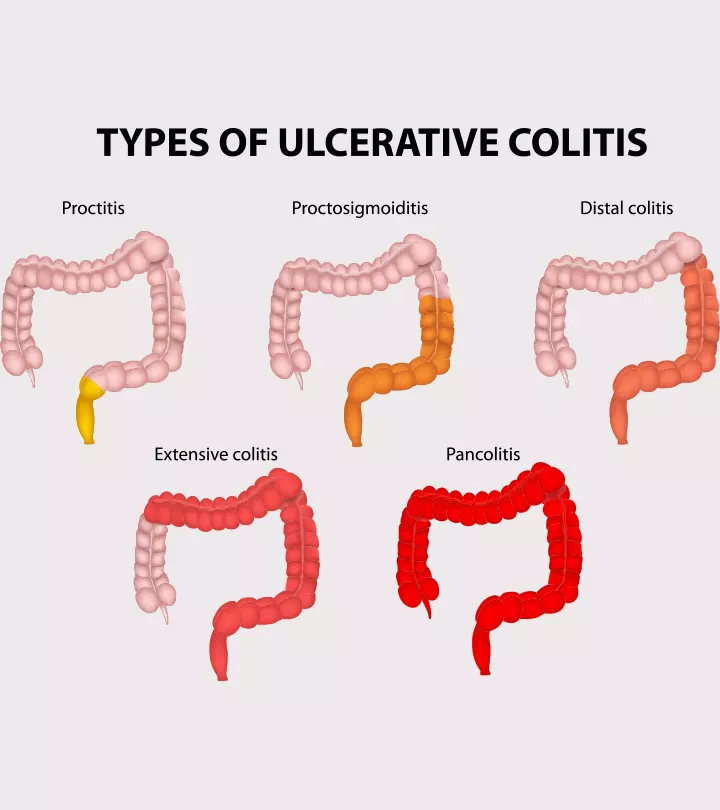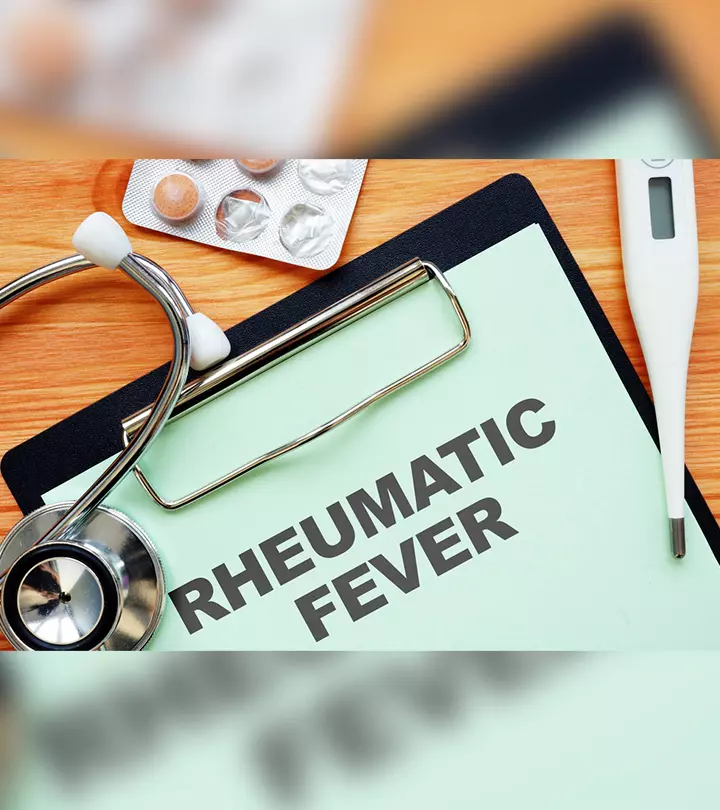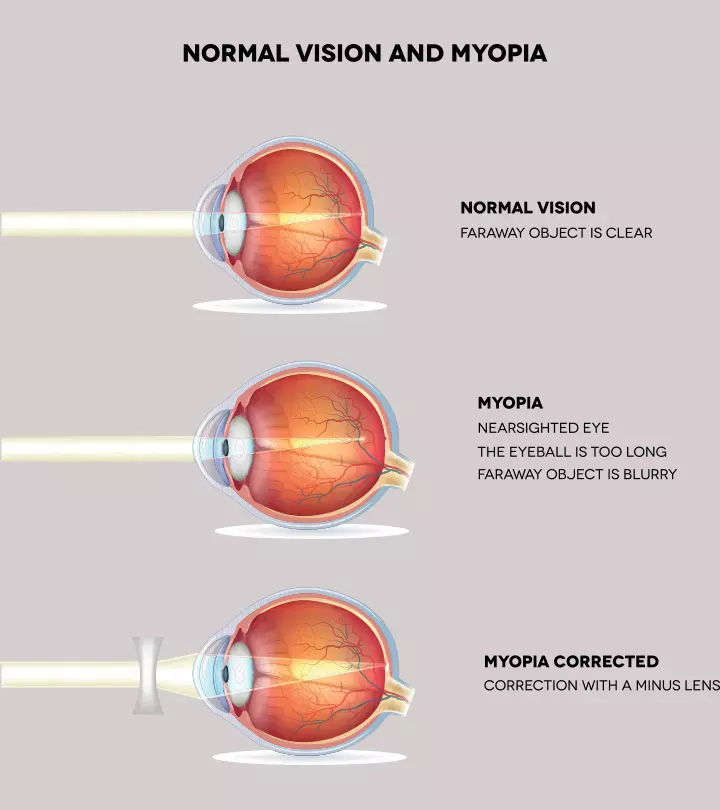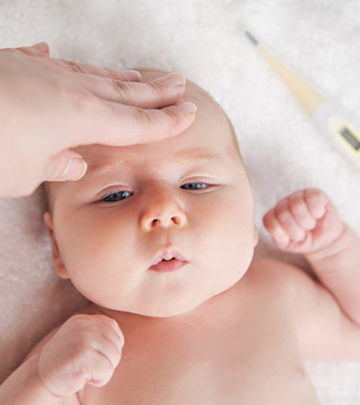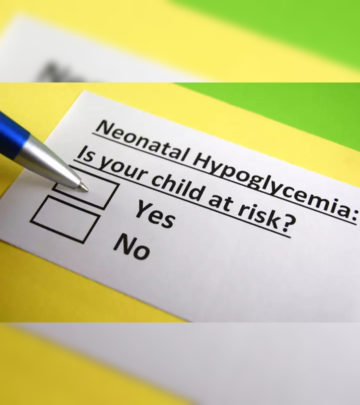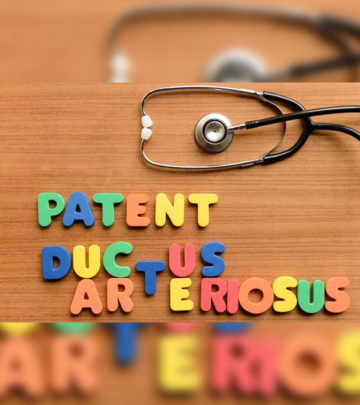Shigellosis – Causes, Symptoms, And Prevention Tips

Image: Shutterstock
Shigellosis is one of the many bacterial infections responsible for causing symptoms of food poisoning. Worldwide, the incidence of this intestinal disease is an astounding 165 million. This life-threatening infection also claims around 1.5 million lives every year (1).
Shigellosis can be treated easily. However, those who do not follow even basic hygiene habits will not be spared by this contagious infection. Would you like to know more about this infection and the available treatment options for it? How about some tips to prevent this infection from spreading further? Read on to know it all.
Table Of Contents
- What Is Shigella?
- Signs And Symptoms
- Causes And Risk Factors
- Diagnosis
- How To Treat Shigella Infection
- How To Prevent Shigella
- WhenTo See A Doctor
What Is Shigella? – Where It found?
Shigella is a family of bacteria that cause an intestinal disease called shigella infection. This infection is commonly known as shigellosis or bacillary dysentery. It has a simple pathogenesis, where it can easily spread from one human to another. One of the main characteristics of this infection is the onset of diarrhea (2).
Shigellosis can be easily contracted via direct contact with the bacteria present in feces. This especially tends to happen in a daycare setting when the staff members don’t follow proper hygiene practices after changing the diapers of toddlers or after helping children with toilet training.
Food items and drinks can also be contaminated with Shigella bacteria. Shigellosis can also be easily spread by swimming in a contaminated swimming pool.
Those who enjoy eating raw salads must also be careful as there are chances for raw vegetables to be contaminated with these bacteria as well.
Once a person is infected, he/she may exhibit the following signs and symptoms.
Signs And Symptoms
As already discussed, the main characteristic of shigellosis is diarrhea. Other common signs and symptoms associated with this condition are:
- Fever (3)
- Vomiting and nausea
- Stomach and abdominal cramps
- An urge to use the washroom even when your intestines are empty (tenesmus)
The symptoms begin showing within a day or two from the onset of the infection. Some individuals may not show any symptoms of infection. However, the feces of asymptotic individuals are also infected and contagious.
Let’s now find out what exactly causes shigellosis.
What Are The Causes And Risk Factors
The most common factors that can be held responsible for the rapid spread of the infection are:
- Touching your mouth after contact with infected feces
- Consuming contaminated food
- Drinking contaminated water
- In some cases, especially when there is an issue of poor hygiene, sexual contact can also transmit the infection (1).
Factors that may increase your risk of developing this bacterial infection are:
- Age: Children below the age of 5 and older adults are at a higher risk of infection.
- Surroundings: Child care centers, community wading pools, nursing homes, and jails are at a higher risk of an outbreak.
- Living or traveling to areas that lack sanitation.
- Men who are engaged in sexual activities with men are at a higher risk of infection.
While mild cases of shigellosis normally clear up in a week without medical intervention, severe cases of the disease may require you to go to the hospital for treatment.
Before prescribing treatments, your doctor may want to diagnose your condition first.
Diagnosis
The most common and efficient diagnosis for a shigella infection is a stool test. Your stool can be tested for the presence of Shigella bacteria or their toxins.
Once diagnosed, your doctor may prescribe treatments based on the severity of the infection.
How To Treat Shigella Infection
One of the widely used treatments for a shigella infection is replacing lost fluids, particularly when your overall health is good, and your infection is mild.
It is recommended that you avoid using drugs aimed at treating diarrhea, such as Loperamide (Imodium) or Atropine (Lomotil) as they may make your symptoms worse.
Treatment for a shigella infection may include (4):
- Antibiotics – Fluoroquinolones, such as Norfloxacin, Ciprofloxacin, Ofloxacin, Azithromycin, and Ceftriaxone are effective. They are usually prescribed by a physician for a severe infection to shorten its duration.
- Healthy adults will have to drink enough water to make up for the lost body fluids during diarrhea.
- Children and older adults can also benefit from oral rehydration solutions like Pedialyte.
- Severe dehydration may require the patient to be admitted in the hospital, where they may be administered with fluids and salt intravenously.
- There are herbs that have been found to kill shigella as well as break up its biofilm.
Shigella infections can be managed rather easily if you get the severe cases treated promptly. The following are some tips that can prevent you from contracting or spreading the infection.
How To Prevent Shigella
- Wash your hands thoroughly every now and then.
- Supervise your children and make sure they wash their hands with soap and water every time they use the washroom and before they eat (5).
- Dispose of used diapers properly.
- Disinfect or sanitize the diaper-changing areas after every use.
- If you are infected, avoid preparing food for others.
- The affected children should not be sent to school or daycare centers.
- Do not drink water from lakes, ponds, pools, or any other untreated water sources.
- Avoid sexual activities with anyone who may have contracted the infection.
Mild cases of shigellosis can usually be easily treated with basic care, such as replacing the lost fluids by drinking enough fluids. However, some severe cases of the infection will require you to see a doctor immediately.
When To See A Doctor?
See a doctor immediately if you or your child exhibit any of the following symptoms:
- Bloody diarrhea
- Severe diarrhea that has lead to weight loss
- High fever (101o F or more) and joint pain
- Your mouth and lips turn dry
- Lightheadedness
A healthy individual can fight shigella pretty fast and may not even need to be treated medically. However, the case is different for those with a compromised immune system – like children and older adults. They need to be provided with special care and may even need to be hospitalized to prevent the infection from leading to other complications.
Hope this article helps you or a close one in need. For any more queries, feel free to ping us in the comments box below.
Frequently Asked Questions
How long does shigella last?
The symptoms of a shigella infection usually become better in as early as a week even without treatment.
Can you be reinfected by the Shigella bacteria?
Once you are infected by the Shigella bacteria, it is less likely that you will be reinfected by the same strain again. However, you can be infected by a different bacterial strain from the same family.
How can I stop shigellosis from spreading to others?
You can prevent the spread of shigella by following the prevention tips listed above.
What foods are associated with shigella?
Shigella can contaminate a wide variety of foods like salads, potatoes, shrimp, tuna, chicken, turkey, fruits, vegetables, rice balls, etc.
What is the difference between shigella and salmonella bacteria?
Like shigella, salmonella is also a bacteria that causes an infection called salmonellosis. The symptoms of this infection are similar to shigellosis. However, salmonella can lead to life-threatening complications if the infection spreads beyond the intestines.
References
- “Shigella (Shigellosis)” StatPearls, US National Library of Medicine.
- “Chapter 22 Shigella” Medical Microbiology, US National Library of Medicine.
- “Characteristics of Shigella sonnei infection of volunteers: signs, symptoms, immune responses, changes in selected cytokines and acute-phase substances” American Journal of Tropical Medicine and Hygiene, US National Library of Medicine.
- “An evaluation of current shigellosis treatment.” Expert Opinion on Pharmacotherapy, US National Library of Medicine.
- “Communitywide shigellosis: control of an outbreak and risk factors in child day-care centers.” American Journal of Public Health, US National Library of Medicine.
Read full bio of Dr. Millie Lytle




